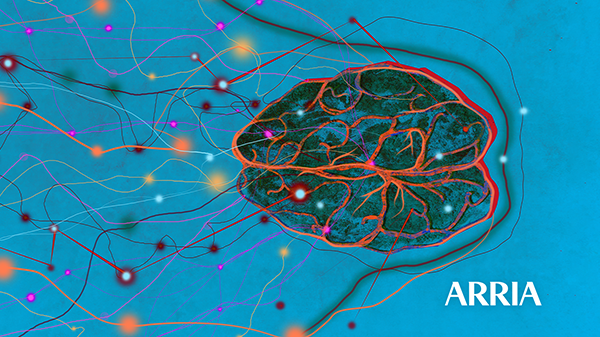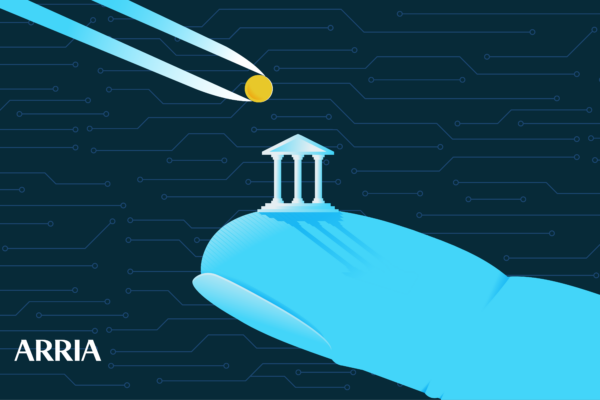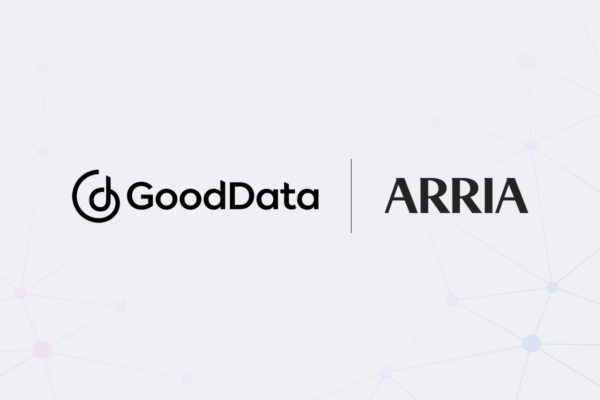
It’s been said that RPA takes the robot out of the human. Now it’s time for NLG to give the power of natural human language to RPA.
According to Gartner, “by 2022, 85 percent of large and very large organizations will have deployed some form of RPA.” And no wonder: RPA can transfer data into and between systems faster than humanly possible, and with zero human error. For system-to-system communication, it’s a no-brainer. But Robotics Operation Centers and other business units embarking upon an RPA effort should bear in mind that new efficiencies created by RPA upstream can evaporate at points of system-to-human communication. Without Natural Language Generation (NLG) technology, potentially unlimited RPA output will run up against finite human analytical and explanatory capacity. This is especially true if the data output is voluminous, but even brief system-to-human communication is more effective in natural language than in data that requires interpretation.
BI dashboards can do part of the job, but only NLG can match RPA for speed, ensuring parity between the pace of information production and the pace of information comprehension. Leaving the analysis to humans potentially reintroduces the disadvantages that RPA has already so efficiently eliminated upstream:
- Takes a long time: Humans necessarily work linearly through data analysis and reporting—usually in some logical priority order within a time cycle (a month, quarter, or year). In the creation of departmental monthly budget-to-actuals analysis, for example, some reports may be written only toward the end of the reporting cycle, when it is already too late for the department manager to make meaningful adjustments that will improve results within the current month or quarter.
- Introduces human error: When hurrying to write structurally similar, linguistically repetitive reports, even the most careful writers will make mistakes.
- Misses insights: Humans, and dashboards, necessarily look only at subsets of the whole, potentially overlooking important connections to be found in the underlying data.
NLG is the human voice cousin of and natural extension to RPA because it, too, automates a time-consuming, error-prone, repetitive process: that of writing structurally similar reports one-at-a-time at regular intervals. The right NLG technology can produce an unlimited number of these reports instantly, giving them natural-sounding lexical variation that makes them easier to read, and therefore more effective.
Which Platform Offers the Most Advanced NLG for RPA?
Whether you are looking to add NLG directly to RPA output, or to a dashboard overlay, bringing NLG into your organization is easier than you think.
It is always important to control your own NLG, but perhaps never more so than when it is attached to confidential RPA output. A “Man-Behind-the-Curtain” system that requires you to ship your data to a third party just won’t do. Likewise, it is important for your NLG platform to have built-in computational linguistics functions so that your subject matter experts can operate the system on their own, without distracting your technology team.
Arria software empowers your analysts to add an effectively unlimited number of sophisticated narratives to your structured data sets, whether produced by RPA or by other means. Our NLG platform, with its simple interface, is rich in analytical and grammatical functions that mirror the thinking of trained writers as they create thoughtful narrative. Deployments and pricing are flexible to suit your business objectives. The output of the resulting Natural Language Generation system reads as if authored by human experts precisely because it is.
Arria’s NLG technology is already available on industry leader UiPath’s RPA platform, making it easy for UiPath Studio developers to add automated natural-language descriptions and reports to any workflow.
Take the next step toward bringing NLG to your organization. Request a brief, personalized demo today.



